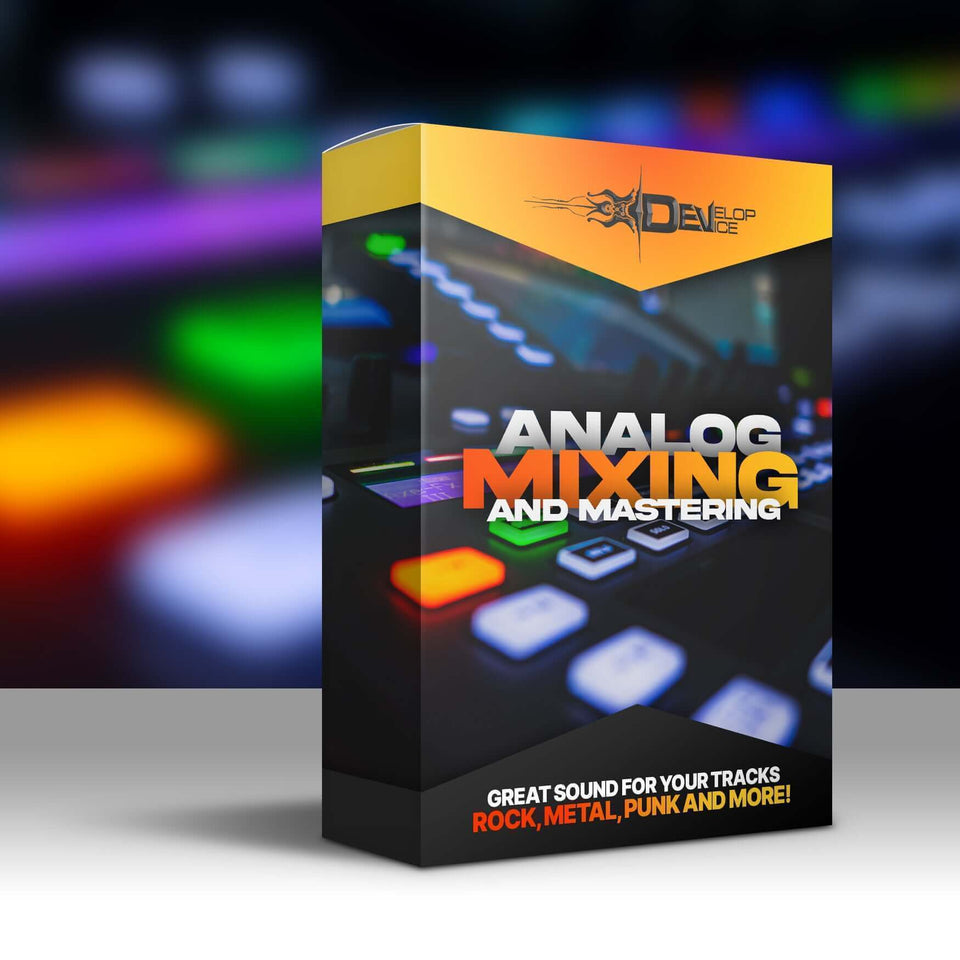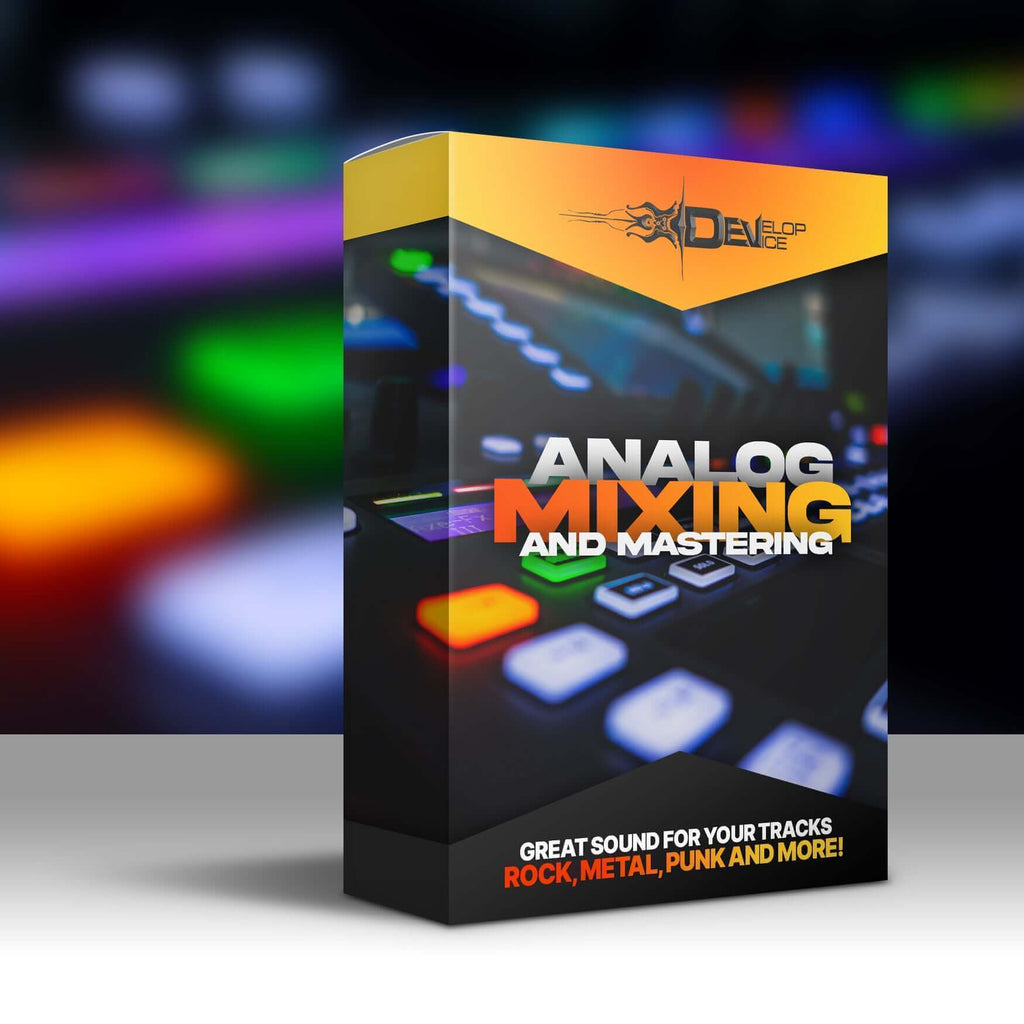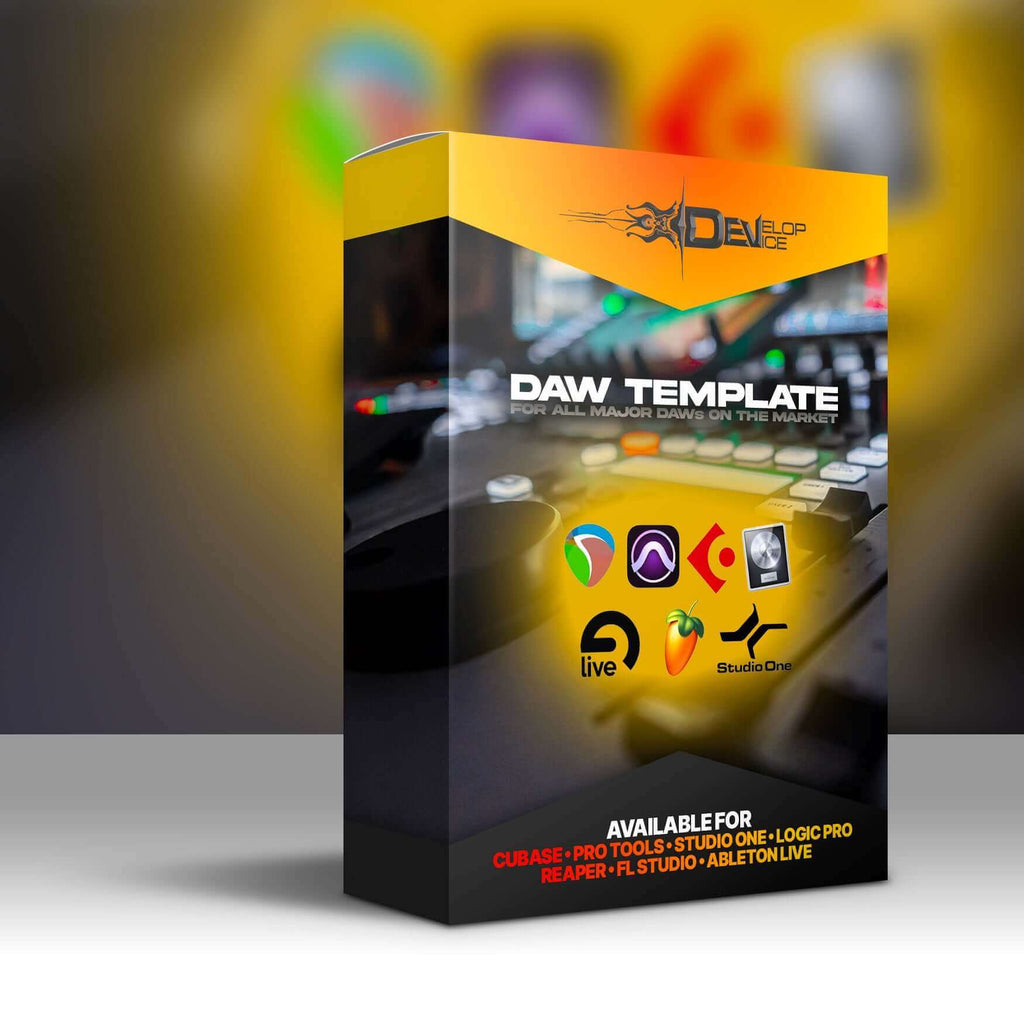How to Create High-Definition Stereo Guitar Sounds

Crafting a high-definition stereo guitar sound can elevate your mix, adding a sense of space, depth, and impact. Stereo guitar techniques can help the instrument stand out while also complementing other elements in a production. To create a wide, immersive sound, there are several approaches you can apply, including the careful selection of Impulse Responses (IRs), signal splitting, and adding modulation effects. Let’s dive into each of these techniques to help you bring a professional polish to your stereo guitar tone.
Selecting High-Quality Impulse Responses (IRs)
The foundation of a stereo guitar sound lies in choosing the right IR cabinets. These digital responses simulate the effect of different speaker cabinets, and their quality can make or break the final sound. Start by selecting IRs that suit the overall character you want for each side of the stereo field. Consider using an IR with a strong midrange emphasis on one side and a complementary, low-end-rich IR on the other. This approach balances both clarity and warmth without overcrowding the mix.
For more control, try creating a custom blend of different IRs and adjusting their volumes or EQ settings to optimize tonal balance. Many guitarists and producers find that subtle tonal differences in IRs—especially when used in stereo—enhance the perceived fullness of the guitar.
Signal Splitting and Panning Techniques
Stereo effects come to life when you split your guitar signal into two distinct channels. Using unique characteristics on each side of the stereo field can dramatically enhance the perceived width and depth of your sound. Here are two reliable methods for signal splitting:
-
Reamping: Record a single guitar track and reamp it through two different amps or IRs. Reamping not only gives you more control over each side’s tone but also allows you to experiment with amp settings, mic positions, or even room simulations to achieve a more dynamic stereo sound.
-
Dual Amp Setup: For live tracking, use two amps simultaneously with varied EQ and gain settings. This method lets you capture a natural stereo effect, as each amp’s tone can be positioned to create a complementary stereo spread.
Once you have two distinct signals, panning is critical. Experiment with different pan positions, like placing each track at around 80% left and right. This way, each side gets its space without reaching the extremes, leaving room in the center for other instruments, such as bass, vocals, or drums. Pan adjustments allow flexibility for the stereo sound to sit within the mix without overshadowing other components.
Adding Delay and Reverb for Spatial Depth
Creating depth in a stereo guitar sound often involves subtle delay and reverb, as these effects provide a natural sense of space without overwhelming the main guitar tone. Here are a few ideas for using these effects to enhance the stereo field:
-
Short Delay Settings: Apply a slight delay, such as 10-30 ms, to one side of the stereo image. This subtle difference tricks the ear into hearing a wider spread through the Haas effect. Be careful with the delay time—short delays help avoid an echo effect and instead create a cohesive stereo spread.
-
Dual Reverb Techniques: Reverb brings an essential spaciousness to the guitar sound. Applying slightly different reverbs to each side—like a brighter reverb on one side and a darker, more dense reverb on the other—adds subtle contrast and natural movement to the stereo image. Keep reverb times relatively short to avoid a muddy mix and to maintain clarity. For a richer ambiance, try combining a room reverb with a touch of hall reverb for added dimension.
Using Modulation Effects to Add Character
Modulation effects, when used carefully, can contribute a tasteful layer of texture and movement, enriching the stereo sound without overpowering it. Here’s how to implement them:
-
Chorus and Flanger: Apply chorus or flanger effects sparingly to add a slight shimmer or swirl. Chorus can be used on one side of the stereo field to produce a wider effect, enhancing a specific frequency range without clashing with the main tone. Avoid using intense settings; subtlety is key to keeping the modulation cohesive with the guitar’s tonal core.
-
Phaser and Vibrato Effects: For more experimental tones, phaser and vibrato effects can add dimension, especially if one effect is applied to just one side of the stereo image. This technique creates a “moving” sound that shifts subtly within the stereo field, adding richness and variety. Like chorus, it’s best to keep these effects subtle to maintain the guitar’s natural presence.
EQ and Compression for Stereo Balance
Once your stereo guitar sound is crafted, it’s time to shape and balance it within the mix. This step ensures that the guitar sound remains present and defined without overpowering other elements.
-
EQ Adjustments: Consider EQing each side differently, emphasizing complementary frequencies. If the left side has a stronger midrange, boost low-end frequencies slightly on the right. This adjustment provides balance and enhances the overall fullness of the stereo sound.
-
Compression Settings: Gentle compression can keep both sides cohesive, reducing any abrupt dynamic peaks that could disrupt the stereo image. Try different attack and release times to match the rhythmic feel of the track while maintaining transparency. For a final touch, apply a stereo compressor to glue both sides together, making the sound feel unified and polished.
Conclusion
Mastering stereo guitar techniques can transform the guitar’s role in a mix, allowing it to fill the stereo field with high-definition clarity and power. Through careful selection of IRs, signal panning, spatial effects, and subtle modulation, you’ll be able to create a guitar sound that truly stands out. By refining each element, from the initial signal split to final EQ adjustments, you’ll have the tools to achieve a professional stereo sound that enhances your music and captivates listeners.




















Leave a comment
All comments are moderated before being published.